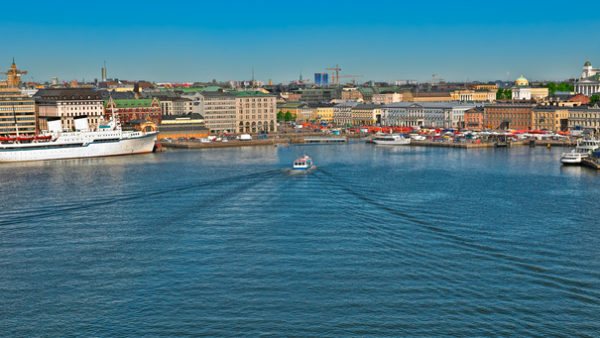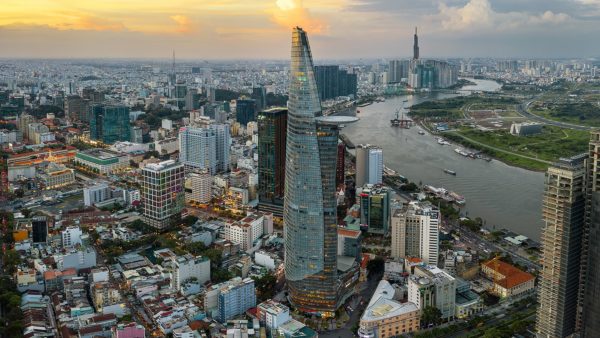The total costs of a giant liquefied natural gas (LNG) in Angola may be pushed up to $14bn as a result of work to correct design flaws and deal with corrosion to recently installed equipment.Â
The troubled plant (pictured) shipped its first LNG in June last year, but was running at about half capacity before it shut down in April after series of fires, leaks and mechanical problems, according to the Reuters news agency.Â
The plant is located on the coast, about 300km north of Luanda, and it is thought that portion of it now needs rebuilding, partly as a result of corrosion caused by salt wind blowing off the Atlantic.Â
Officially, the plant will remain closed until the middle of next year. However, a project source told Reuters that this could slip into 2016.
The main investor in the Angolan LNG consortium is the US oil company Chevron, with 36.4%, but other stakeholders are Angolan state energy firm Sonangol (22.8%), BP, Total and Eni (13.6% each). They awarded the contract to build the plant to US engineer Bechtel.Â
At the time, Angola LNG was Bechtel’s largest lump-sum project ever.Â
An Angola LNG spokesperson said he had no information to suggest Bechtel used anything but the most appropriate materials and equipment. He said: "Angola LNG’s primary responsibility remains safety of the plant and its people, and addressing issues to ensure that the plant can restart and ramp up."
John Watson, the chief executive of Chevron, declined to blame any particular party to the scheme. He said: "I don’t point fingers. This is our responsibility. It’s a partnership consortium. The partnership consortium chose the contractor. We’ve run into some design issues. We’re working to correct them."
The Angolan trouble has led Chevron to create an internal project management system to track contractors and subcontractors on major projects.
Watson said: "We’ve learned from the experiences at Angola LNG and other projects to make sure those same issues, or issues like them, don’t happen on the next generation of projects."
When the scheme was first proposed in 2006, the cost was estimated to be between $4bn and $5bn. In 2009, Chevron put the figure at $10bn.
One project source told Reuters that the cost of delays and repairs alone have reached $4bn since 2010, pushing the overall price to between as high as $14bn.
Bechtel, which makes a third of all the world’s LNG plants, did not respond to Reuters requests for comment. Apart from Chevron, the consortium members declined to comment.
LNG plants, which turn natural gas into liquid for shipment by sea to distant markets, use some of the most intricate and expensive machinery in the energy industry, as the gas must be chilled to -164CÂ to liquefy it. Plants’ machinery often suffers glitches and requires annual maintenance but even so, Angola LNG’s problems stand out.
Comments
Comments are closed.











Who is responsible for this biggest failure in LNG projects’ history? The contractor or the owner companies or the Angolian government.
In the last ten years, we have seen huge spending and exaggerated costs in LNG projects around the globe but with very low quality plants. I expect to see the same outcome in Australian LNG projects.!!!
Skills of staff and the recruitment process require to be investigated and reviewed.